iJan 2013, Rawabi, 20 km from Ramallah. A family is watching a 3D advert movie, simulating the future life that will offer Rawabi, the biggest planned city in West Bank. © Andrea & Magda Photographers.
andrea & magda
the palestinian dream*
«It's not that we mistake photographs for reality; we prefer them to reality. We cannot bear reality, but we bear images - like stigmata, like children, like fallen comrades. We suffer them. We idealize them. We believe them because we need what we are in them.»**
David Levi Strauss
To which extent does the access to information that we have through the media correspond with the reality of the events? The question inherent in the very nature of journalism is perhaps without an answer. Regardless of ideological filters that preside over editorial decisions, the individual scope of all the elements that make up the chain of transmission of information contributes to the formation of the news that reaches the end user. This becomes even more disturbing when to substantiate the arguments set out the photographic image takes over, despite everything, it is still brought to witness the events of the world as an impartial tool. Nowadays many of us feed the illusion, cleverly induced by who manages the information, to have an unlimited access to information, but rarely there are questions about what the mechanisms are that govern the creation of information that we believe to reach but from which we are actually reached. Then on top of all this stratifies a terrible enemy: the stereotype. Striking examples in this respect are the images used in fundraising campaigns of most non-profit organisations operating in the world or the representations of conflicts, especially when particularly prolonged in time.
The image that for decades we are offered from the Middle East and from Palestine in particular, has convinced us that things are just as we are shown continuously. The photographs have built a … parallel and one-dimensional
reality, conformed to the need of the experience of cheap horror that a flattened out press cliché offers its readers. In this regard the work
Photojournalism Behind the Scenes by Ruben Salvadori is very interesting, it investigates the behind-the-scenes images of riots that, in fact, have completely different outlines. Accustomed as we are to accept the proposal of a unique reality and, thanks to the distance from the facts, basically reassuring despite appearances, we can not be surprised when we are shown something else, as in the case of Syria photographed by Ponomarev or even more of Palestine by Andrea & Magda.
In the reality of this land do not exist only the uprising and oppression in the stereotyped forms on the basis of boys who throw stones or Molotov cocktails. In these territories they have also tried to start a process of social and economic transformation under the influence of liberalism in emergency support by the international community. In a country that in fact neither controls its borders nor that of its resources, the attempt of the then Prime Minister Salam Fayyad of the Palestinian National Authority to create a liberal economy, based on the recommendations of the IMF, has had effects that deserve attention from the world.
The dream of a Palestinian state worthy of the name would have to go through a major overhaul of the local economy. The effort has been very successful in the international community and the Palestinian elite, causing immediate and visible changes. Cities like Bethlehem, Ramallah or Nablus have seen the rise of the classic set ups of western economic well-being fast food, luxury hotels, shopping centres, gyms, riding clubs and of course banks.
Nevertheless, in all this Palestine remains very strongly dependent on aid from outside. But huge doubts remain about the outcome of this economic- social operation. And they are doubts that, perhaps, should be extended well outside of Palestine and its extraordinary context.
And if, the Palestinian dream concerned us too?
[
Sandro Iovine ]
--------------------------------------------
(*) - Winner of
Premio Tabò within Fotoleggendo 2015.
(**) - David Levi Strauss,
Between the eyes. Essays on photography and politics, Aperture, New York 2003, pag. 185.
iJan 2013, Nablus, second biggest city in West Bank. © Andrea & Magda Photographers.
iMarch 2013, Ramallah, Palestinian Territories. As the U.S. president Barack Obama is expected for official visit in Ramallah, posters have been displayed to condemn the non access to the 3G network, as the waves are controlled by Israeli companies. Most posters were vandalized. © Andrea & Magda Photographers.
iJan 2013, industrial zone of Bethlehem. The project was initiated by the presidents Nicolas Sarkozy and Mahmoud Abbas in 2008. The development of the zone in frozen, due to the Israeli security restrictions. © Andrea & Magda Photographers.
iJune 2013, Ramallah, West Bank. The winner team of the INJAZ program are going home with their 5000 dollar cheque. The competition, financed by Palestinian companies to encourage entrepreneurship, awarded the most innovative project. © Andrea & Magda Photographers.
iJune 2012, Ramallah, West Bank. Mohammad, 16, works for the cleaning company Wipe and shine in a new shopping mall in Al Bireh. In the background, the ATM of some of 17 banks existing in Palestine in 2012, of which 7 are Palestinian Banks. © Andrea & Magda Photographers.
iJune 2013, Masyoon quarter, Ramallah, West Bank. Young business people at the end of an office day, in Masyoon, the financial district of Ramallah. © Andrea & Magda Photographers.
iNovember 2012, Ramallah. Nihal is a weekly practitioner of the Solo Gym. © Andrea & Magda Photographers.
iFeb 2013, Bethlehem, West Bank. Lina and her sister are going shopping for their house at the Sbitany Center. © Andrea & Magda Photographers.
iJune 2012, Nearby Ramallah, West Bank. Advertising for a lottery in a Gas station, with a car as a first prize, suburb of Ramallah. © Andrea & Magda Photographers.
iJune 2013, Qalandya, Ramallah, West Bank. Behind the fruit vendor, the biggest advertising sign in the Palestinian territories displays a giant picture of Haifa, a mixed arab-israeli city located in Israel. The advert offers cheap tariff to call from Israel to Palestine, whereas only few privileged Palestinians are allowed to enter Israel. © Andrea & Magda Photographers.
iMarch the 18th, 2013, Bethlehem, Palestinian Territories. A few days before the visit of the U.S. president Barack Obama, the public workers finally receive their salaries: Since the UN general assembly voted the recognition of the state of Palestine in November 2012, the Fayyad’s government have been facing great financial difficulties, after Israel had stopped the transfer of the V.A.T to the Palestinian Authorities. © Andrea & Magda Photographers.
iFeb 2013, Bethlehem, West Bank. An advert sign is being installed in a village nearby Bethlehem, for a restaurant and fitness club about to open © Andrea & Magda Photographers.
iJune 2013, Ramallah, West Bank. On the road to the checkpoint leading to Jerusalem. In the background, the Israeli separation wall enclosing the West Bank. © Andrea & Magda Photographers.
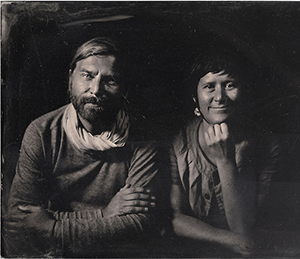 Andrea & Magda - Are a couple of Italian French photographers, born respectively in 1976 and 1986. They have lived and worked in the Middle East since 2008 and their work focuses on the effects of globalisation in society, in the economy and in the territories of the Near East. Their project Palestinian Dream shows the transformation of Palestine which is modelled on an ideal of modernity and on the illusion of economic development despite the occupation. In Sinai Park on the other hand they have analysed the consequences of mass tourism in the territories of the Sinai in Egypt.
Andrea & Magda - Are a couple of Italian French photographers, born respectively in 1976 and 1986. They have lived and worked in the Middle East since 2008 and their work focuses on the effects of globalisation in society, in the economy and in the territories of the Near East. Their project Palestinian Dream shows the transformation of Palestine which is modelled on an ideal of modernity and on the illusion of economic development despite the occupation. In Sinai Park on the other hand they have analysed the consequences of mass tourism in the territories of the Sinai in Egypt.
andrea-magda.photoshelter.com
e-mail
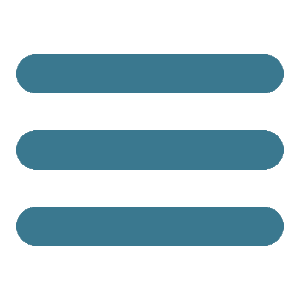
 home
cover ▼
opinions
news ▼
portfolio
post.it
post.cast
video
ongoing
thematicpaths
googlecards
FPtag
home
cover ▼
opinions
news ▼
portfolio
post.it
post.cast
video
ongoing
thematicpaths
googlecards
FPtag

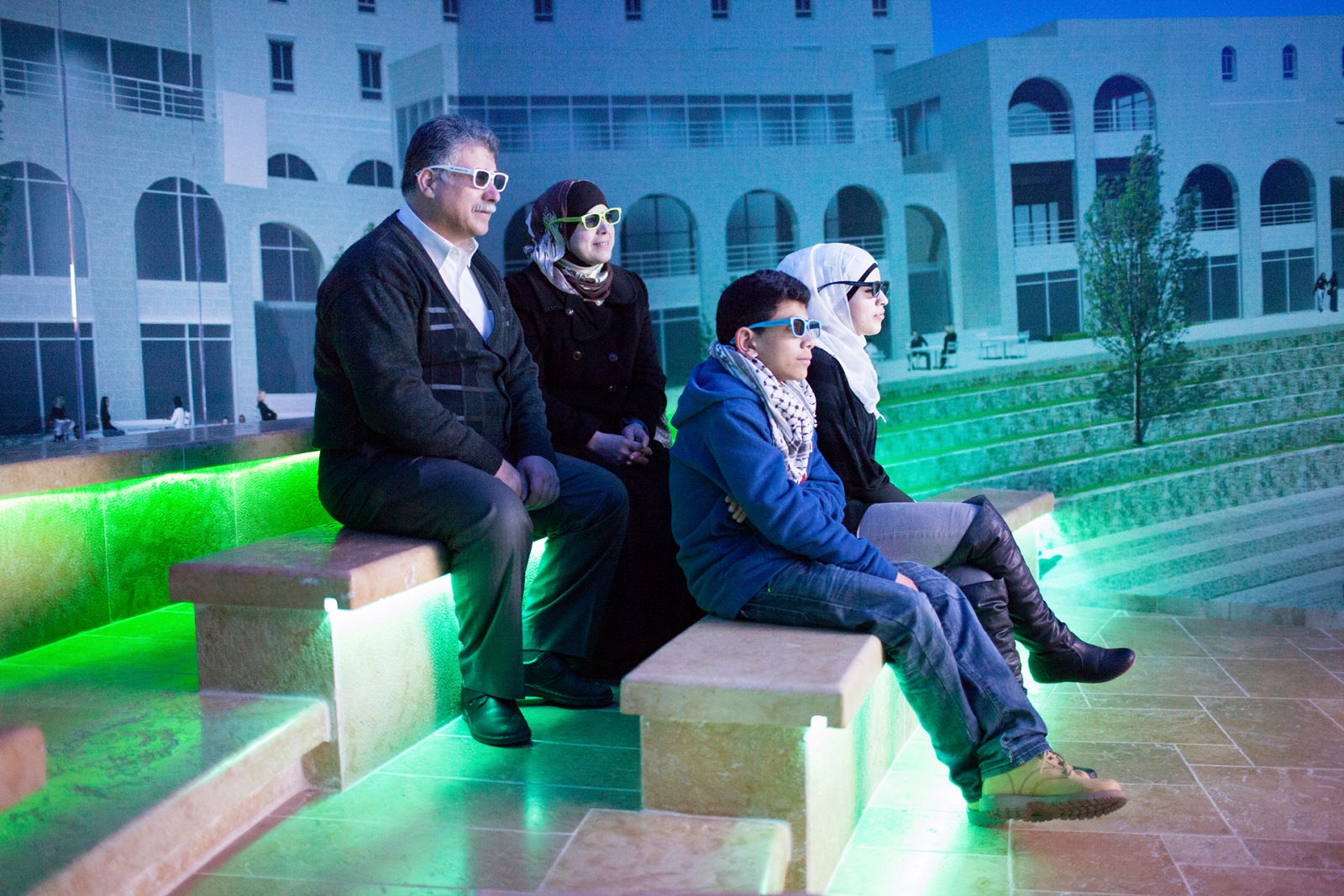

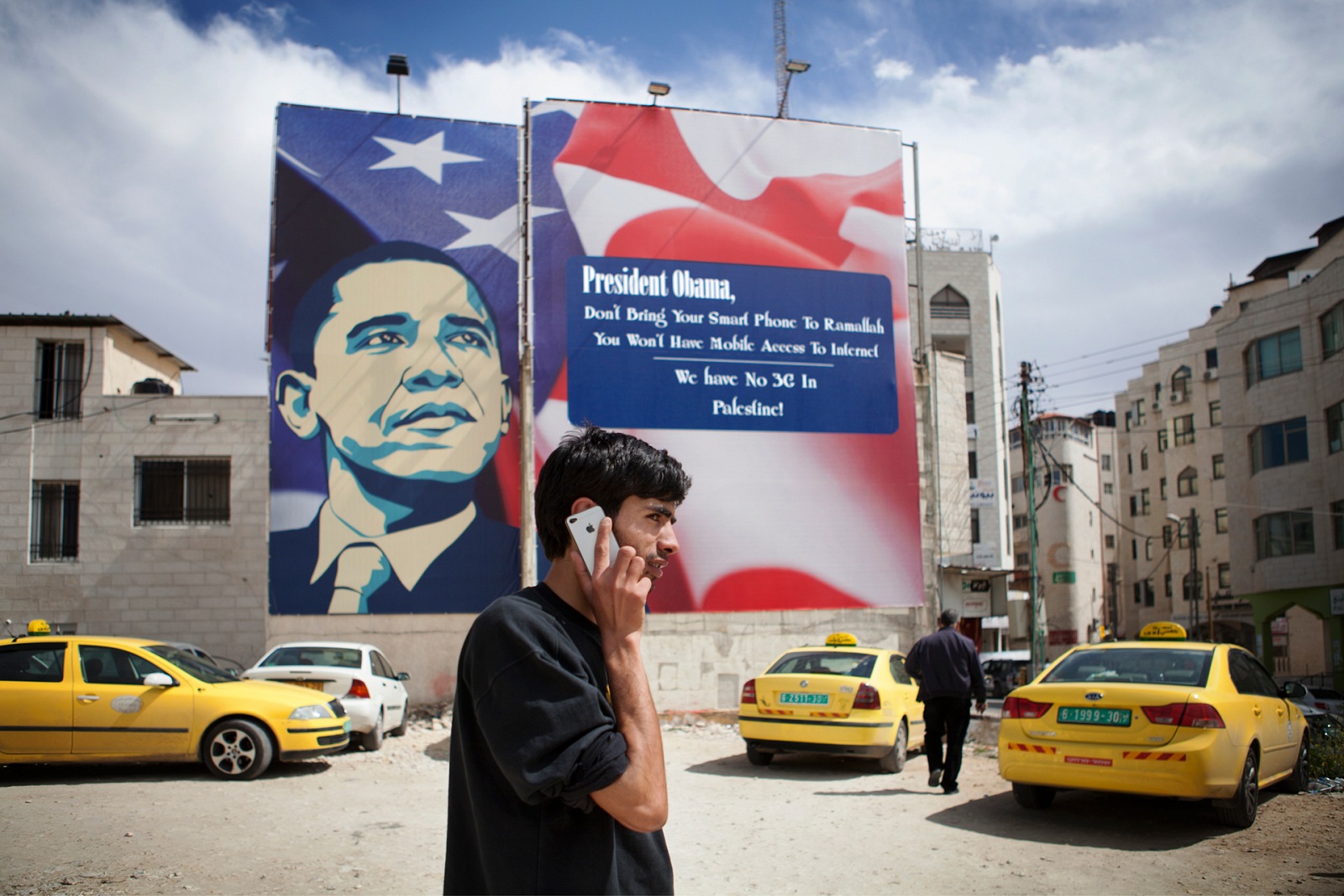
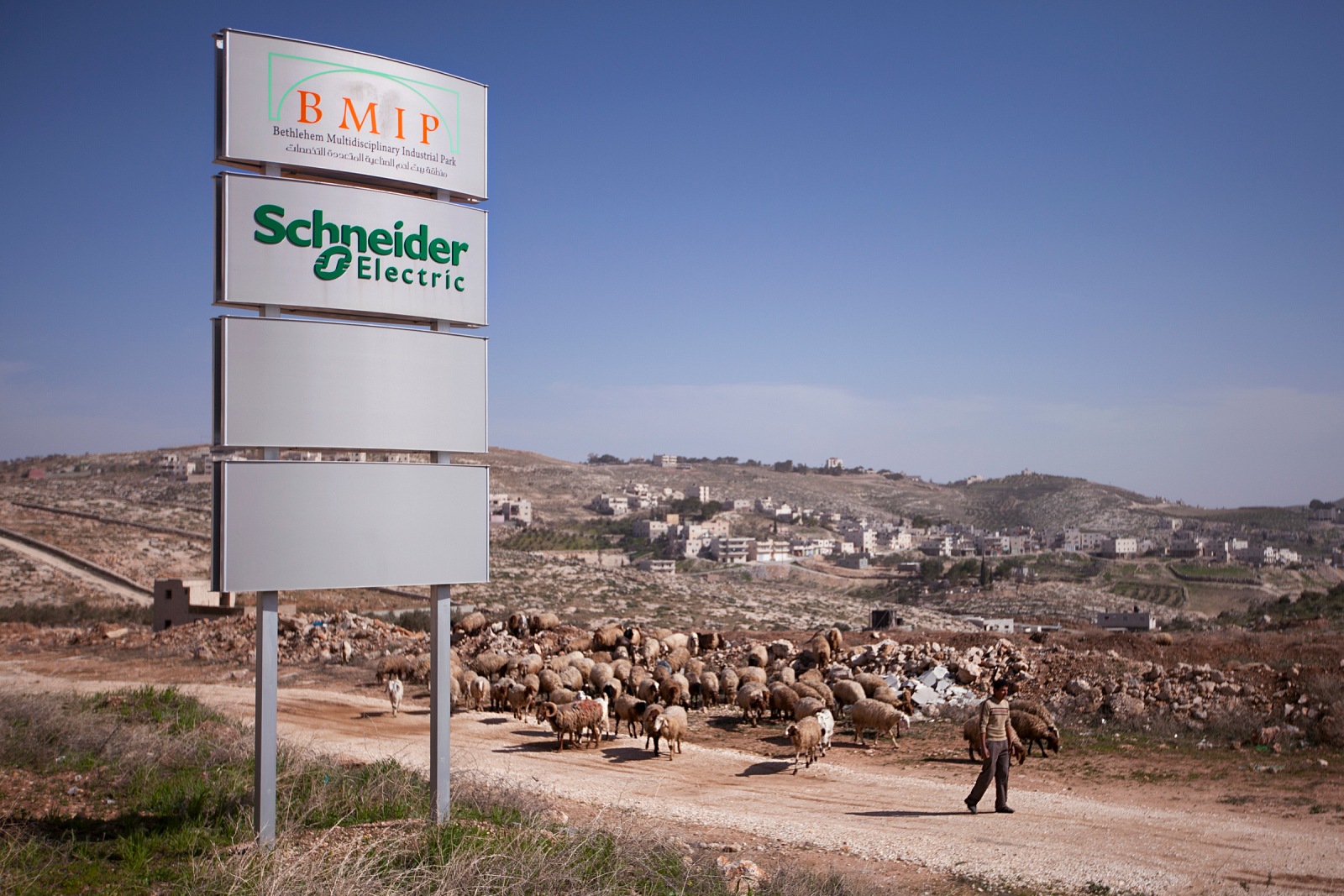
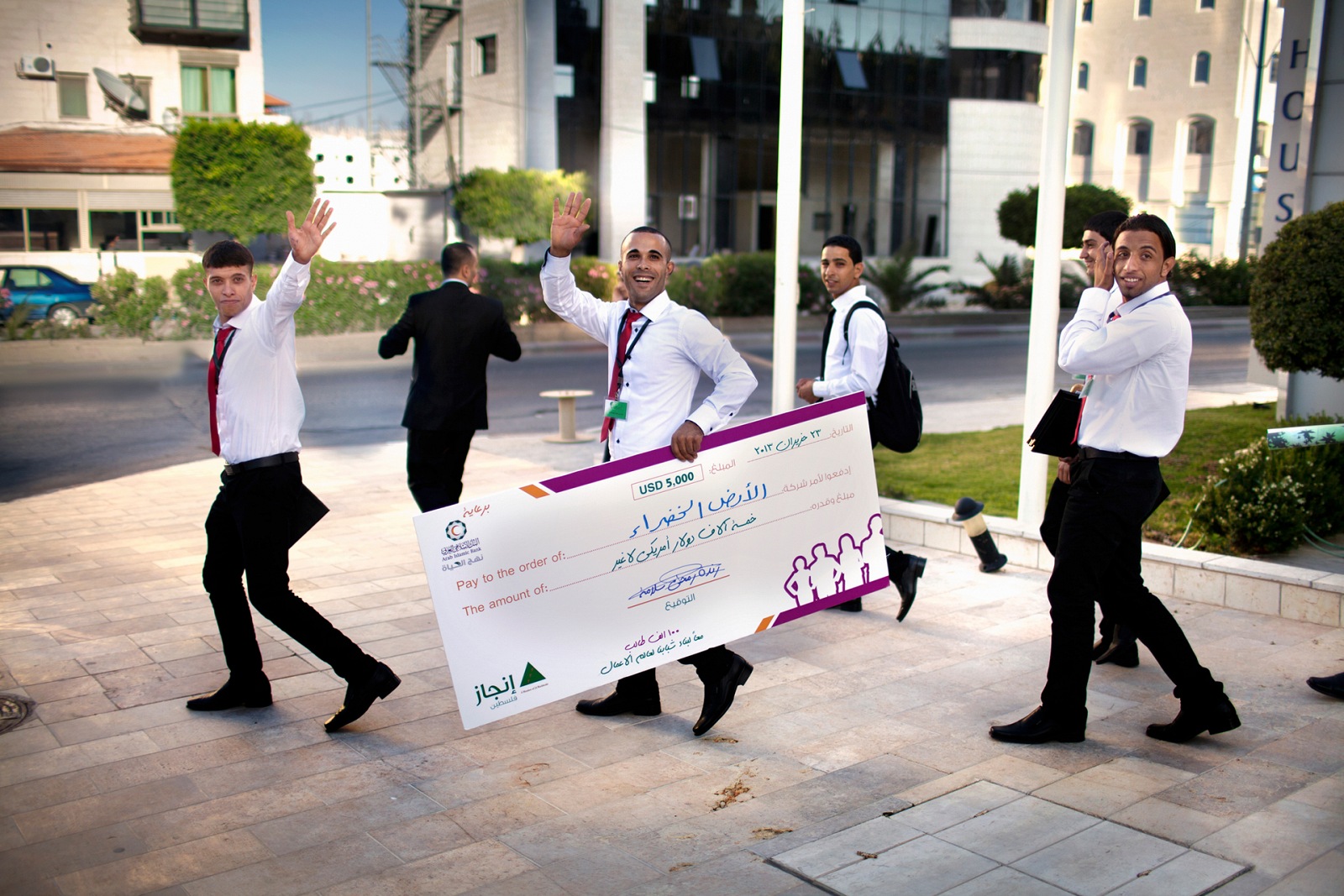

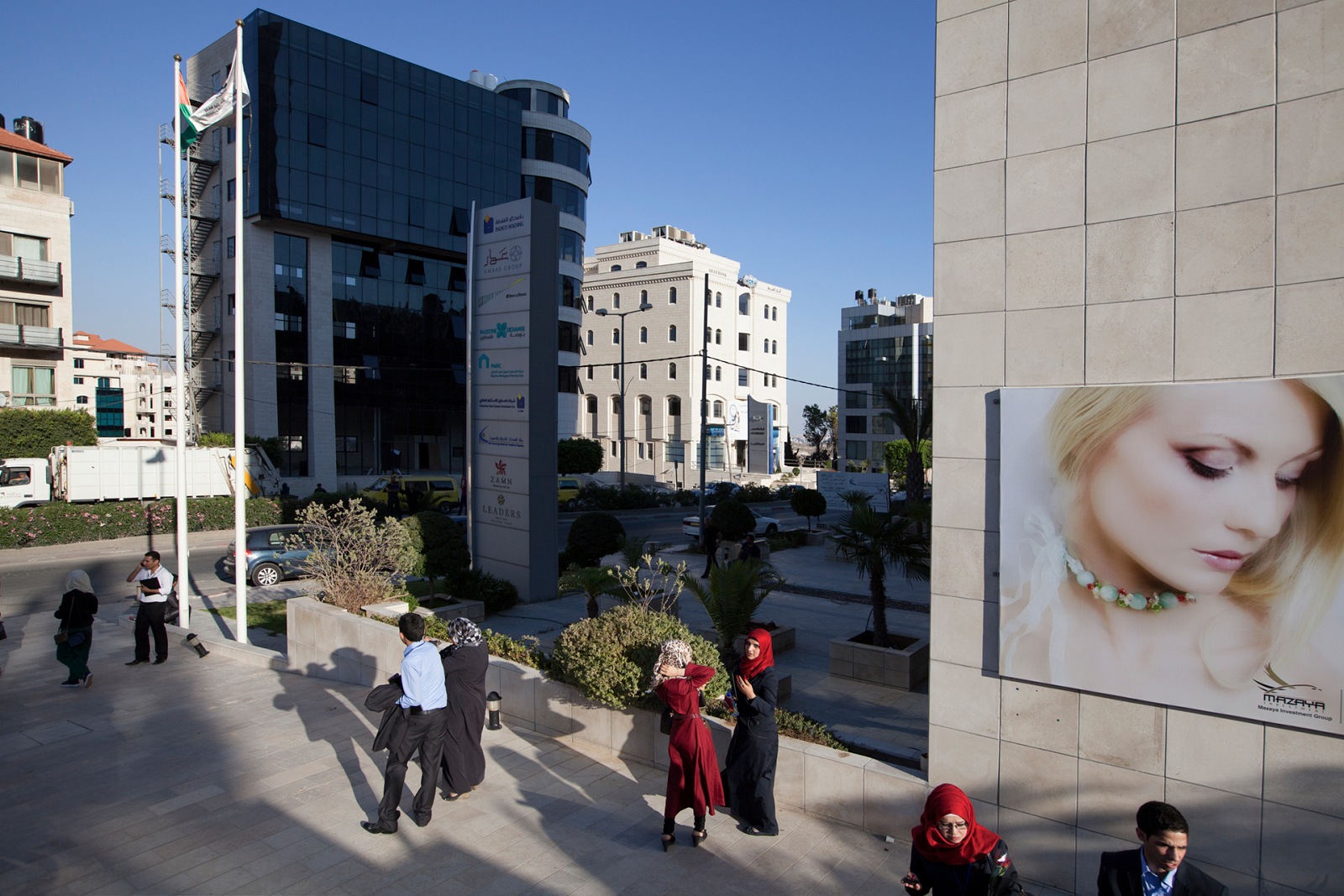
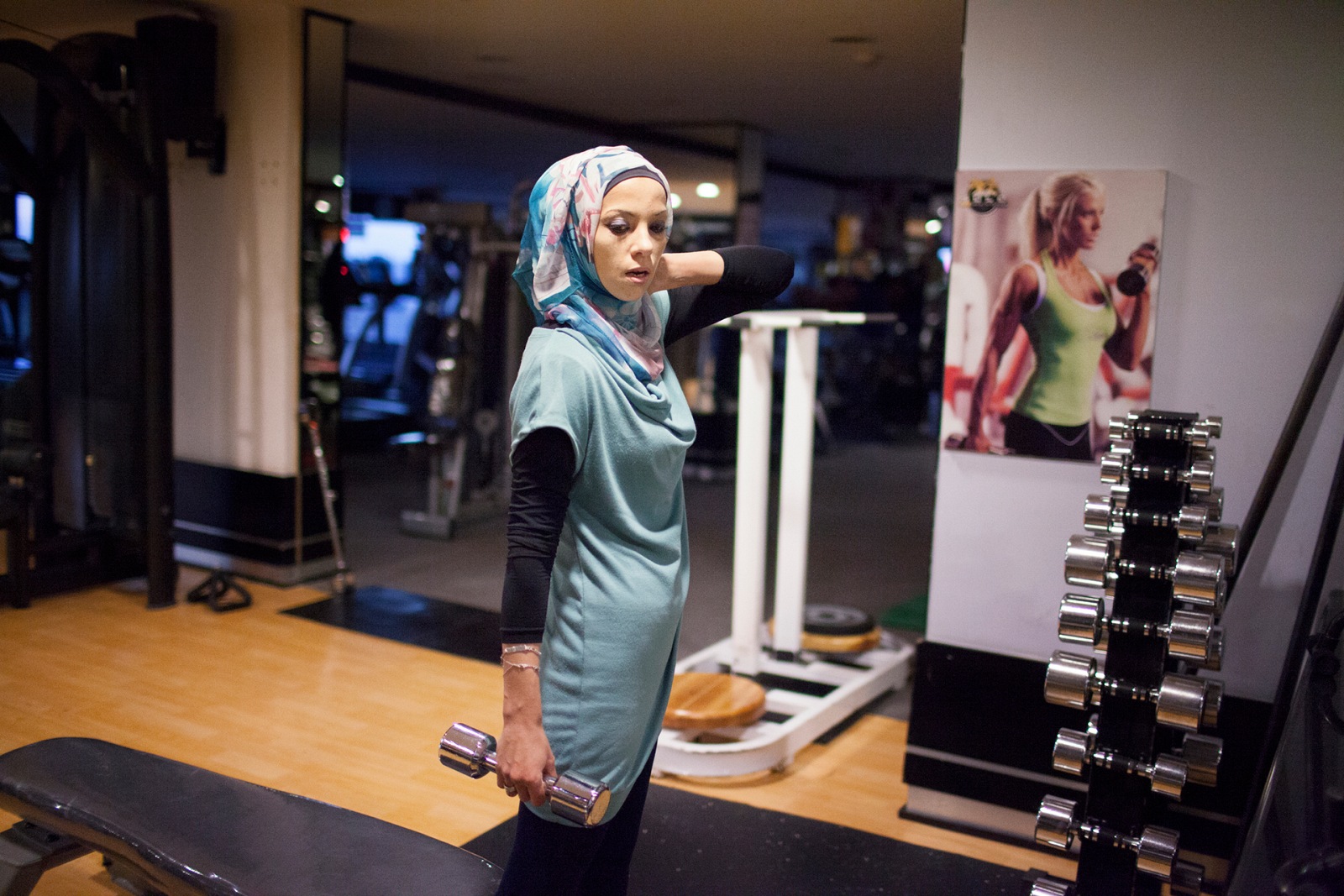


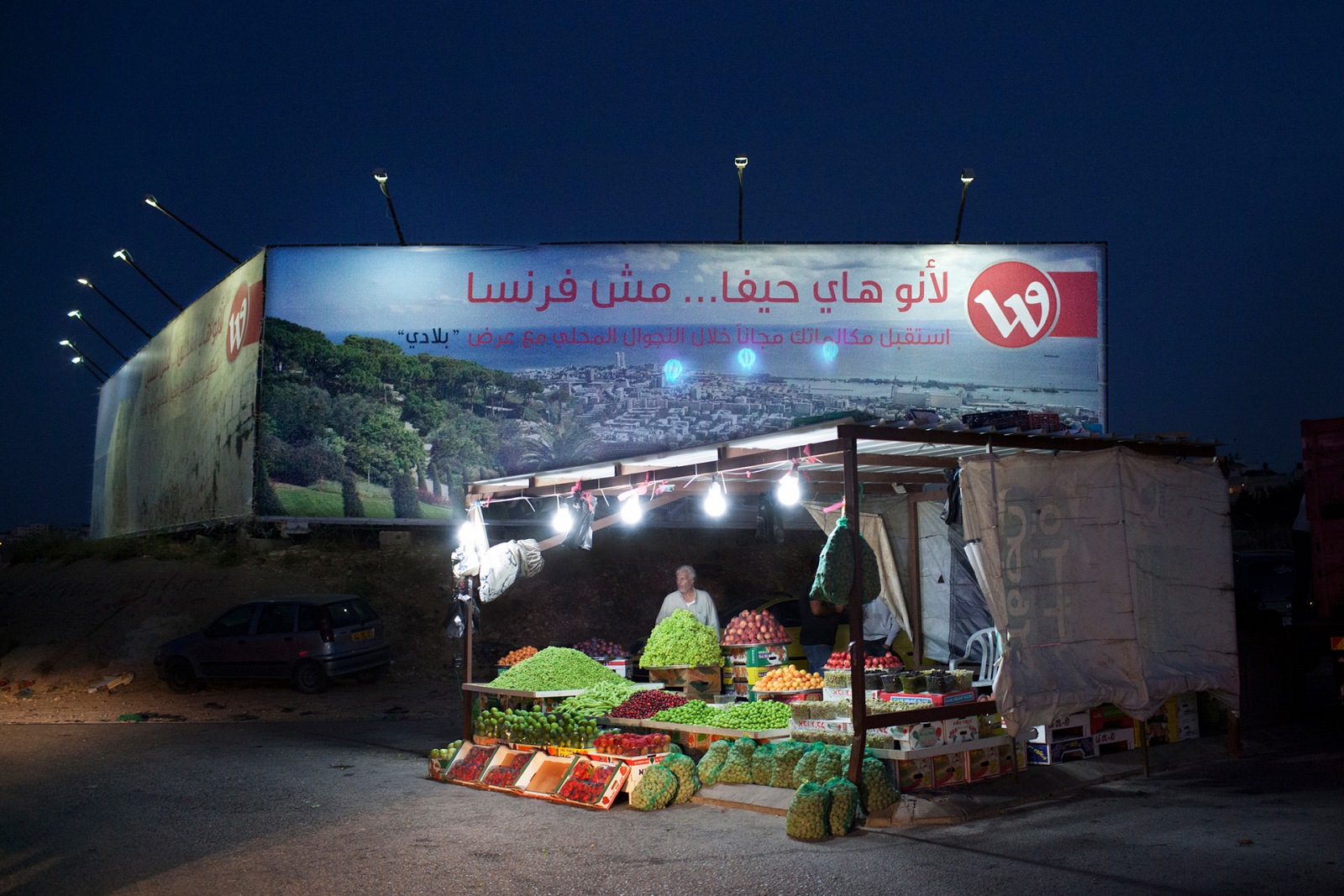
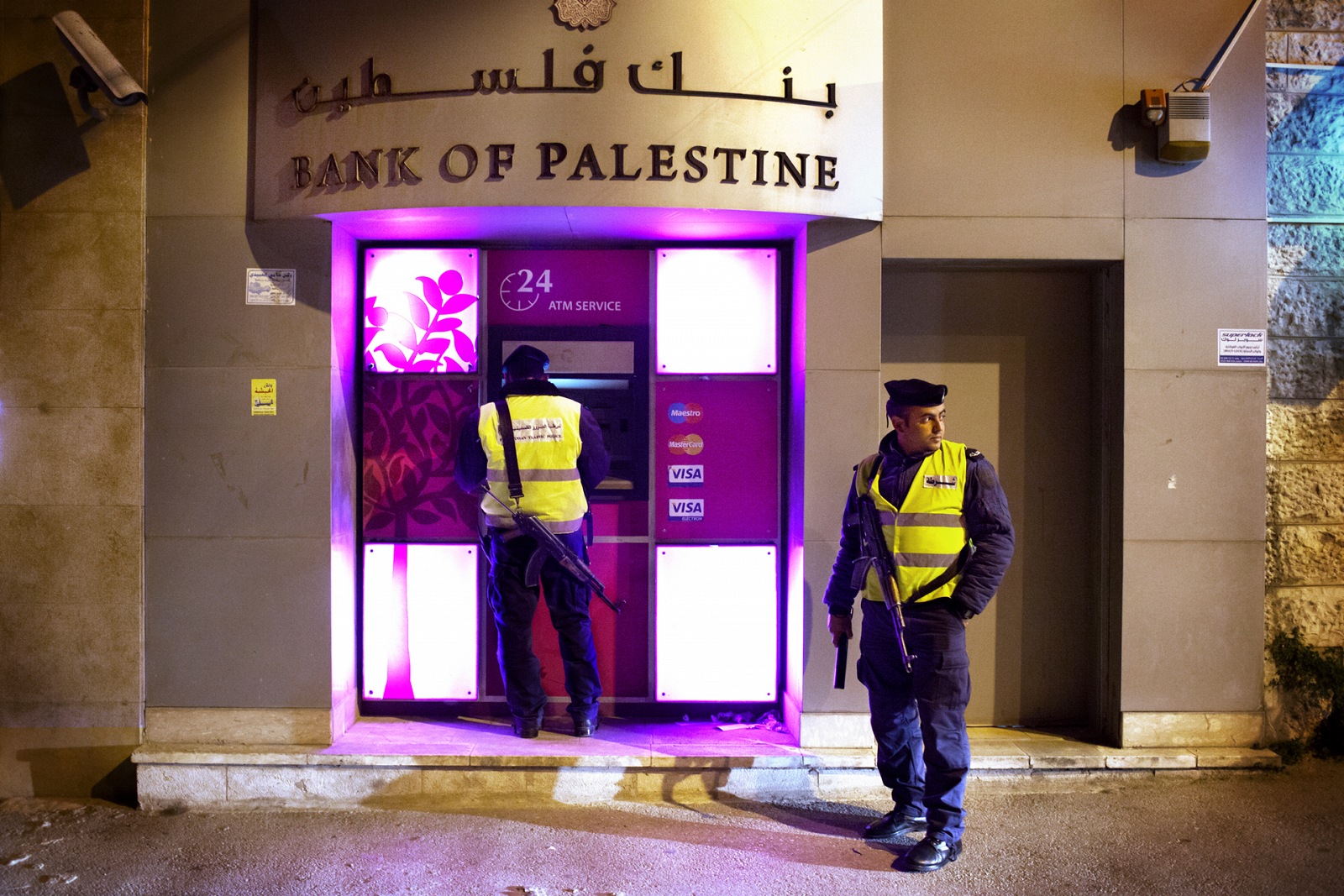

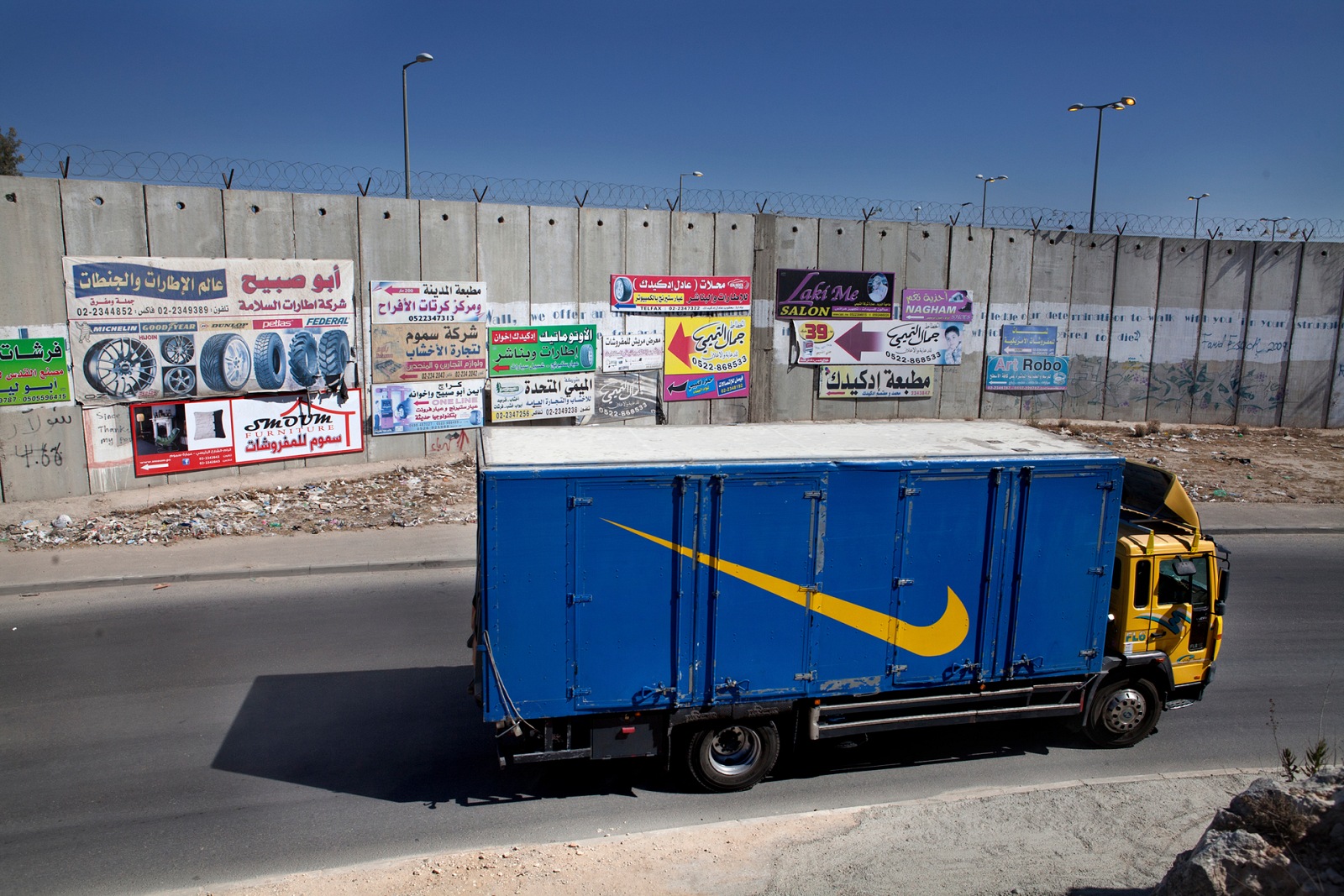
 Andrea & Magda - Are a couple of Italian French photographers, born respectively in 1976 and 1986. They have lived and worked in the Middle East since 2008 and their work focuses on the effects of globalisation in society, in the economy and in the territories of the Near East. Their project Palestinian Dream shows the transformation of Palestine which is modelled on an ideal of modernity and on the illusion of economic development despite the occupation. In Sinai Park on the other hand they have analysed the consequences of mass tourism in the territories of the Sinai in Egypt.
Andrea & Magda - Are a couple of Italian French photographers, born respectively in 1976 and 1986. They have lived and worked in the Middle East since 2008 and their work focuses on the effects of globalisation in society, in the economy and in the territories of the Near East. Their project Palestinian Dream shows the transformation of Palestine which is modelled on an ideal of modernity and on the illusion of economic development despite the occupation. In Sinai Park on the other hand they have analysed the consequences of mass tourism in the territories of the Sinai in Egypt.